The Tale of Scotia
This is the first of a series of stories to explain how this is all connected
Scotia and The Milesans
Scotia – Pharaoh’s Daughter, Queen of Scotland, from Egypt to Ireland the story beacons us forth. The Story of Scotia is covered in a number of different books of old recorded history. This is the general gist of the story.
According to early history records of Ireland, Scotland, and the Isle of Man, Princess Scota and her husband Goídel Glas and their followers were the original Gaels – or Gaelic people. The Gaels were one of the original celtic groups. The story is fascinating and not one taught in schools at least not in Ireland. Goídel Glas was a master of language and is attributed with the invention of the Gaelic language after the fall of the tower of Babel and the scrambling of languages.
Scotia is claimed to be the daughter of Pharaoh Akhenaten and his wife Nerfeiti. Some identify her as either Meriaten or Ankhesenamun, linking her so closely to the legendary Armana and family.
While the origin stories have some discrepancies it is generally recognized that she was the ancestor of the Scotti people, who became the Milesians (Sons of Mil) and Scotia was their Queen. The Milesians conquered Ireland, the Isle of Man, and parts of Argyle on the island of Britain. These people settled regions of Argyll and other parts of the island of Britain north of where the Romans later built Hadrian’s Wall. This region came to be called Scotland after Scotia and her people.
The fascinating thing about this story is that actually, when you step back from it and look at the physical evidence that has actually been discovered, the strange thing is, it looks more true than false if evidence is something that proves truth. In this next series of stories I will discuss the locations and evidence presented in summary and you can venture on yourself to discover more of this magnetic material.
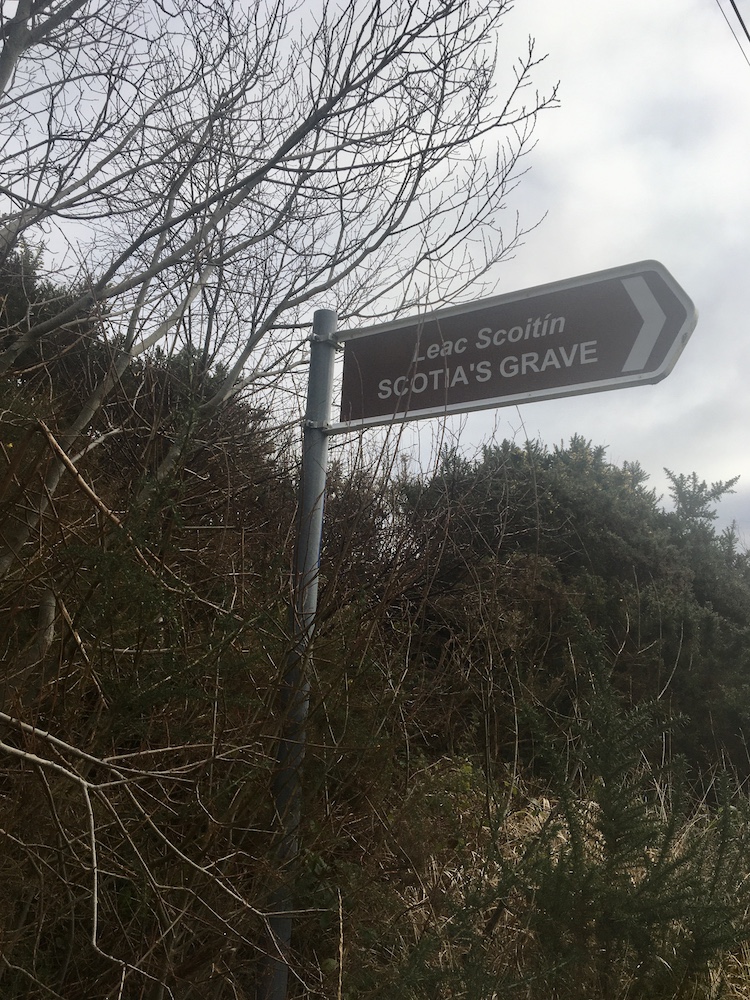
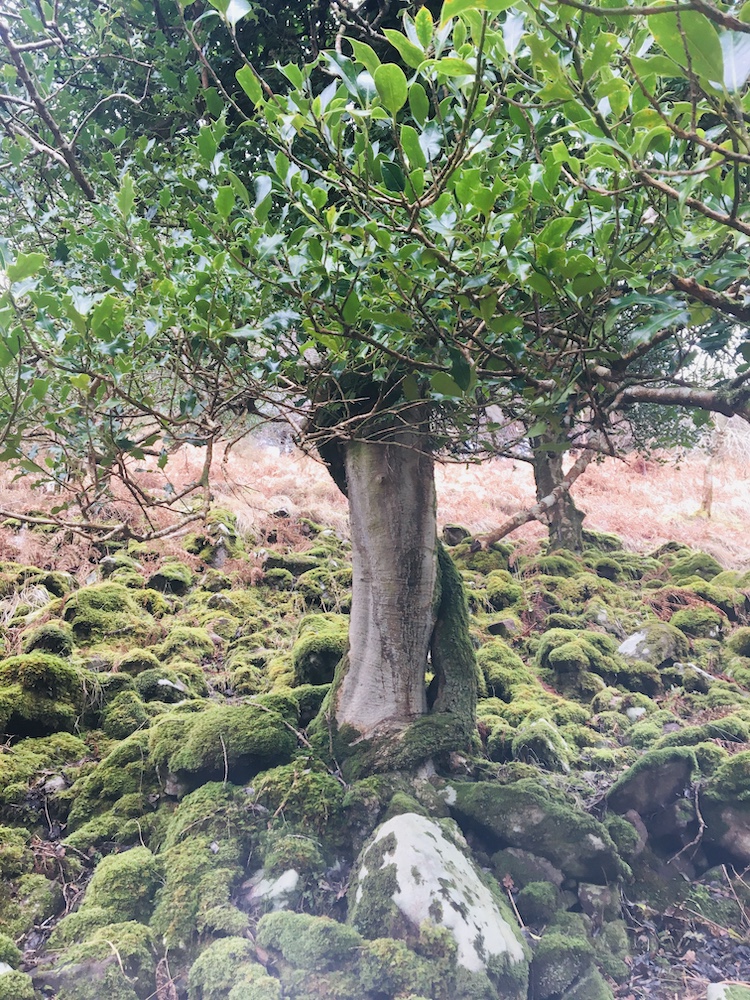
I also invite you to join us on one of our tours to these places as we seek to bring the pieces of the past together into this story as we wonder why all of this would be? We invite you to wonder and adventure on this journey.
THE 11TH CENTURY LEBOR GABÁLA ÉRENN Lebor Gabála Érenn (literally “The Book of the Taking of Ireland”), (Modern Irish spelling: “Leabhar Gabhála Éireann“) known in English as The Book of Invasions, is a collection of poems and prose narratives in the Irish language intended to be a history of Ireland and the Irish from the creation of the world to the Middle Ages. This is an anonymous 11th-century compilation of prose and poetry that tells the history of the Irish people connecting them back in time to the Biblical Adam through his descendants.
The book names six groups that settled Ireland. The first was the people of Cessair. The second, the people of Partholón. The third, the people of Nemed. The fourth the Fir Bolg and the fifth the Tuatha Dé Danann, who are seen as the pagan gods of Ireland and the sixth was the Milesians who became the Gaelic and Irish people.
According to the book, the Gaels are traced back via the family line of Fénius Farsaid, a legendary King of Scythia. Fénius is attributed with the invention of the Gaelic language and Ogham script. His son was Nel and grandson was Goídel Glas. Some attribute Goidel Glas coming from Scythia, others from Greece to Egypt and others state the Goidel was of Egyptian lineage regardless he married the Pharaoh’s daughter Scotia.
Unrest was happening in Egypt at this time – An anecdote in the Lebor Gabála tells how Gaidel Glas, son of Nel (or Niul), was cured of a snakebite when Moses made fervent prayer and placed his staff on Gaidel’s wound. This timing was when the persecution of the Children of Israel was taking place. His descendants, the Goidels or Gaels, undergo a series of trials and tribulations resembling those of the Israelites in the Old Testament. They flourish in Egypt at the time of Moses and leave during the Exodus.
They reportedly traveled north – Spain and the Iberian peninsula before settling along the shores of Galicia. One of their descendants was Mil, also known as Milesius and Míl Espáine or The Soldier of Spain, and his followers were the Milesians. There is some disparity regarding the timing and the reason for moving from the Iberian peninsula but the general idea was that it was challenging for the group to stay without continuous attack and after a long period they traveled north to the shores of Scotland and Ireland.
Whichever the route before entering Ireland on the approach to Tara the Milesans and Scotia their queen made the Approach to Tara (The seat of the High Kings of Ireland) coming in through the Slieve Mish Mountains In Kerry. It was here that Scotia, who was pregnant, is said to have died in battle and is buried in these mountains.
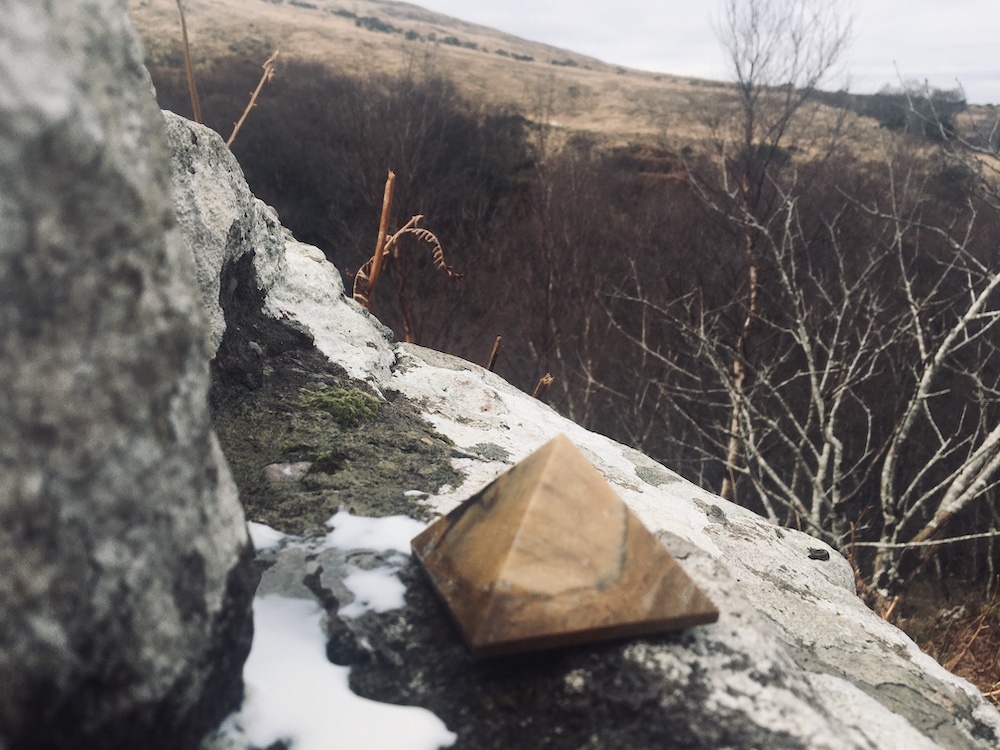
On this particular approach to Tara – the Milesans met the triple goddesses of Ireland. Banbha on the Slieve Mish Mountains, Fodla on the Slieve Felim mountains and finally Eiru at Uisneach. All three names became the ancient names for Ireland. Eiru is Eire and Eireann is Ireland.
It was also said that The Tuatha Dé Danann, were the rulers of Ireland at the time and had been for 200 years before that. When the Milesans conquered Ireland and there was an agreement that they the Gaels would rule the upper world above ground and the Tuatha would rule the underground.
Some information for this post was taken from this site also – thank you for that. Also book references and wikipedia https://ztevetevans.wordpress.com/2021/12/07/founding-myths-princess-scota-goidel-glas-and-their-links-to-the-gaelic-people/
The image above is the Slieve Mish Mountains in Kerry where the Milesans met Banhba, First image below is Mauherslieve in the Slieve Felim mountains where they met Fodla and below is Uishneach where they met Eiru and where she is buiried.
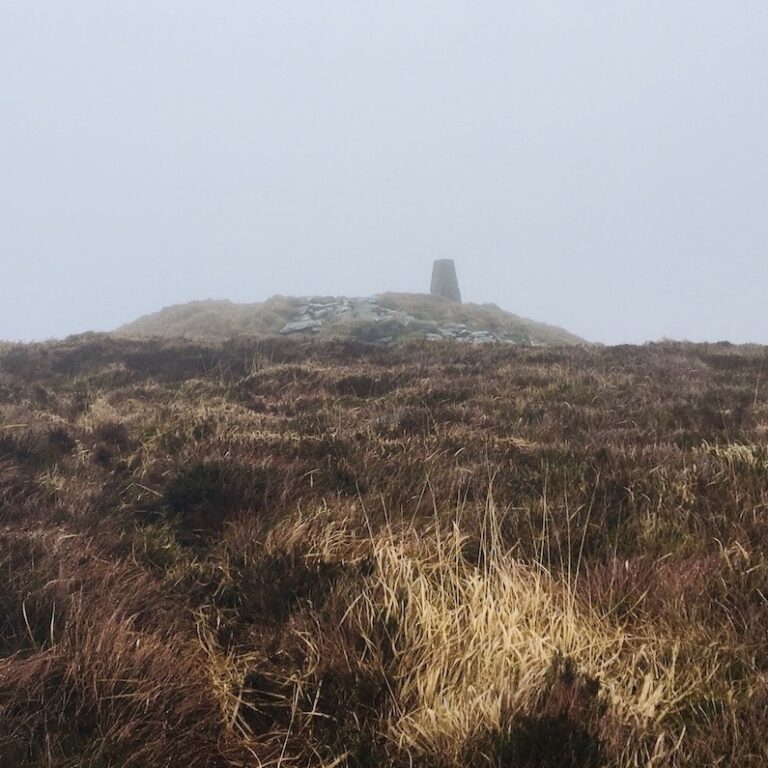
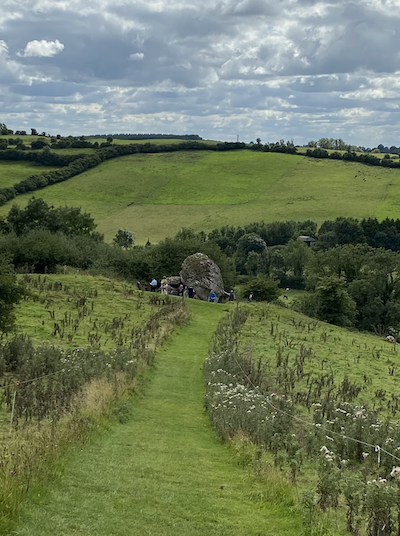

Add a Comment